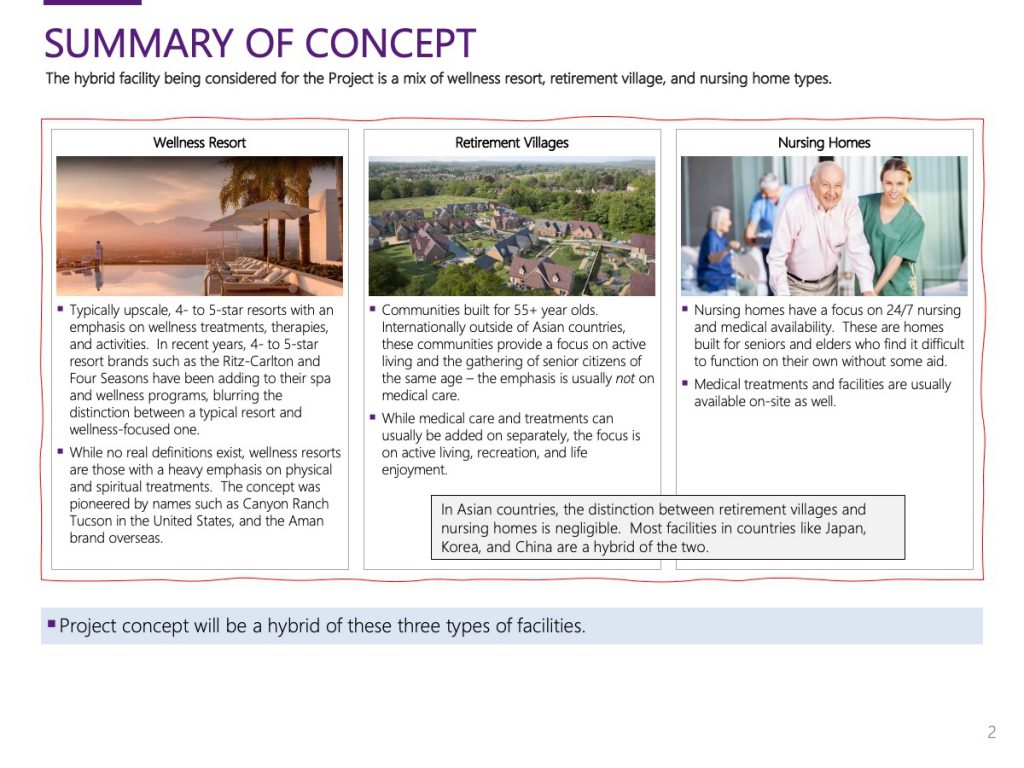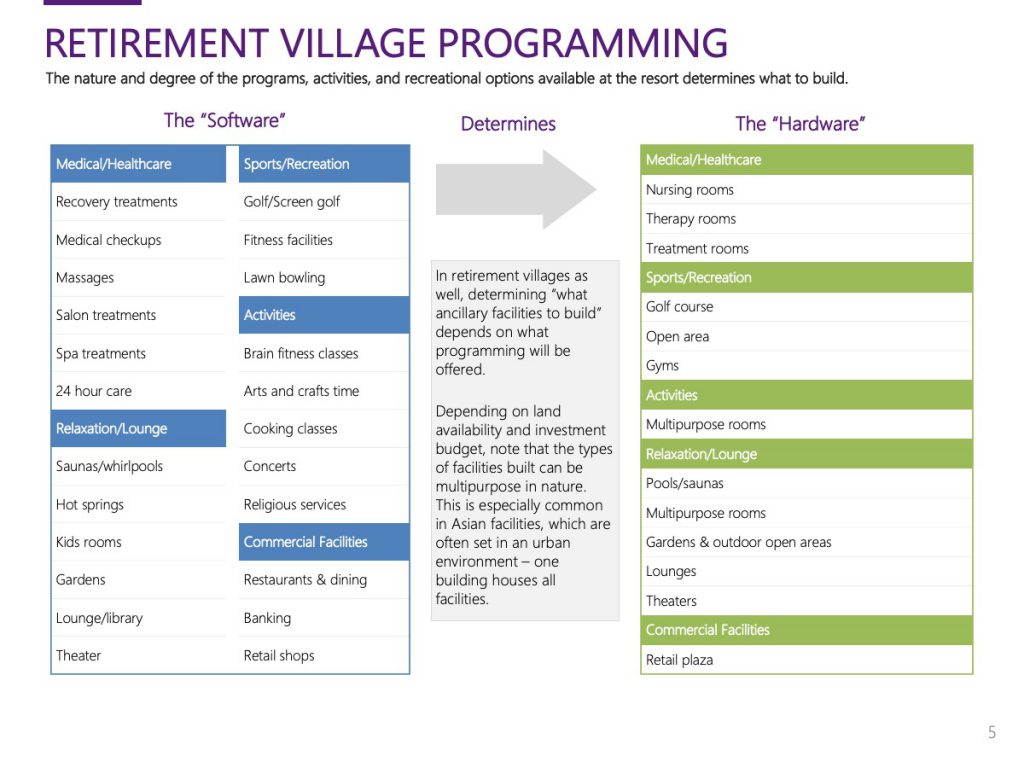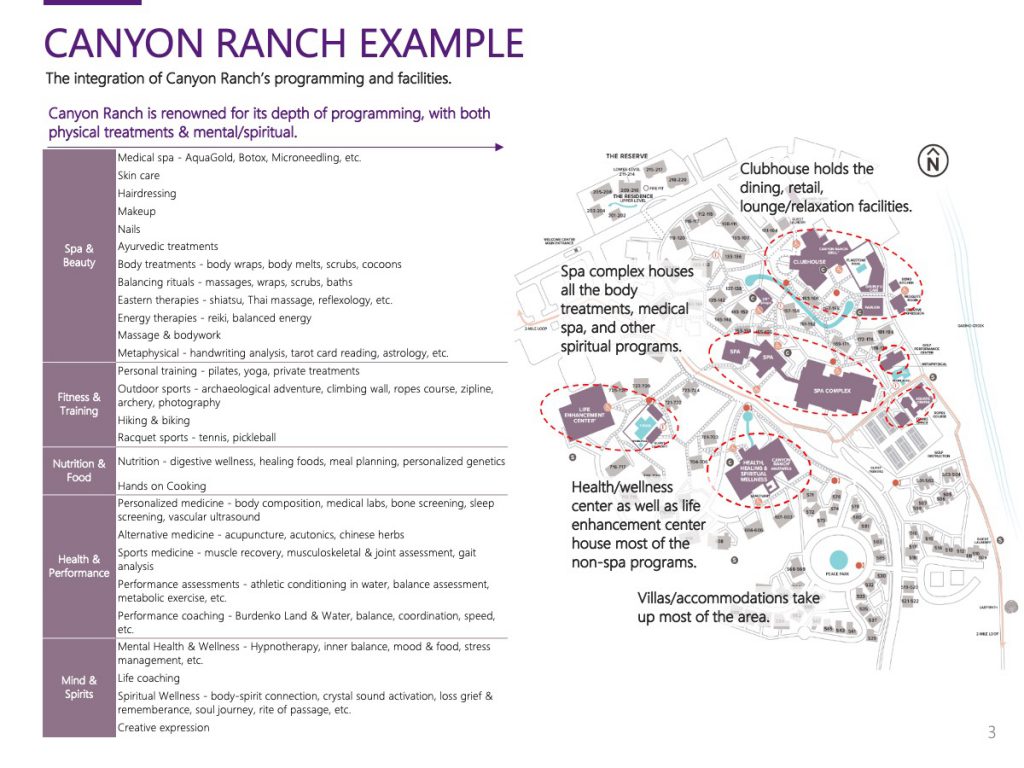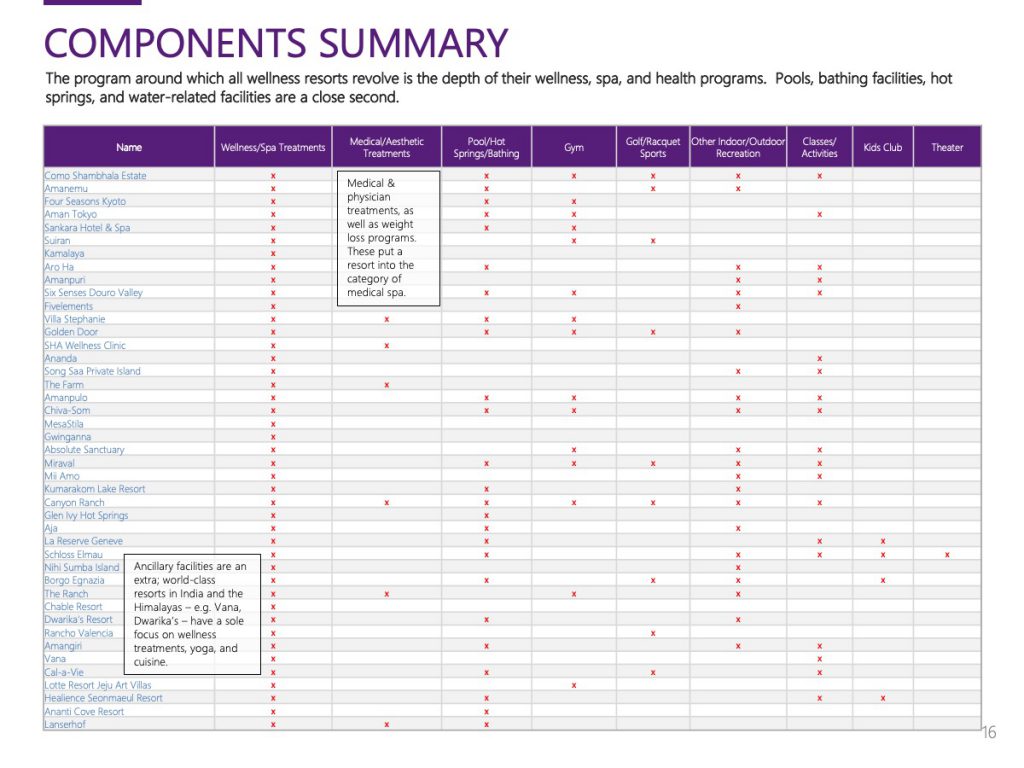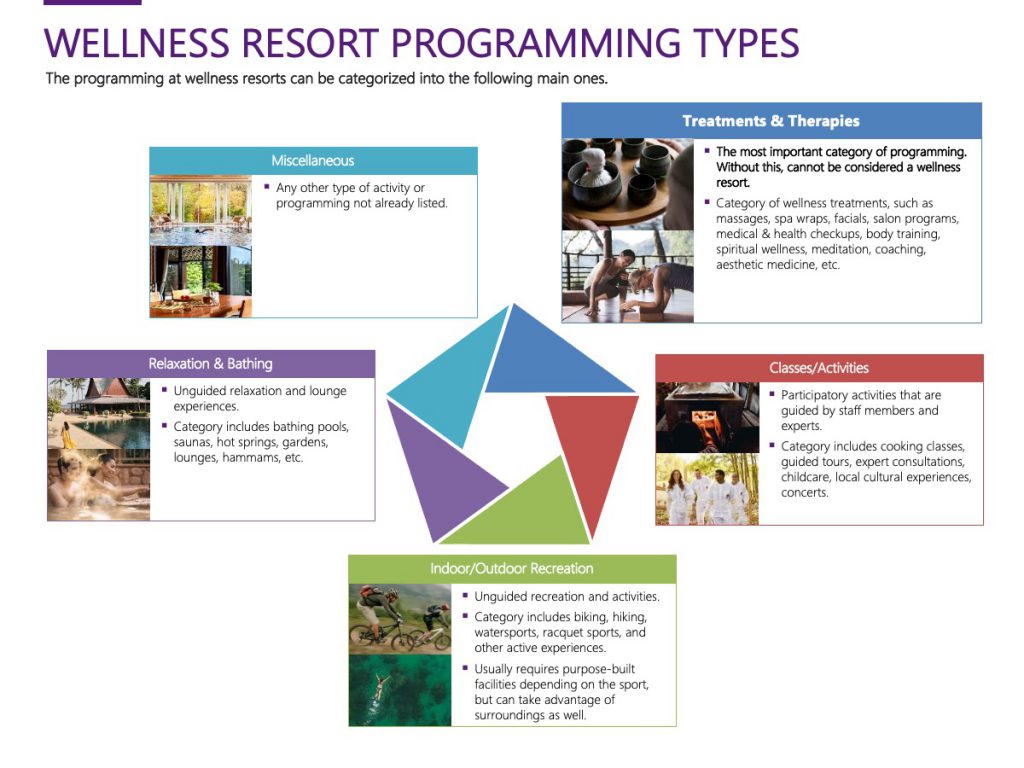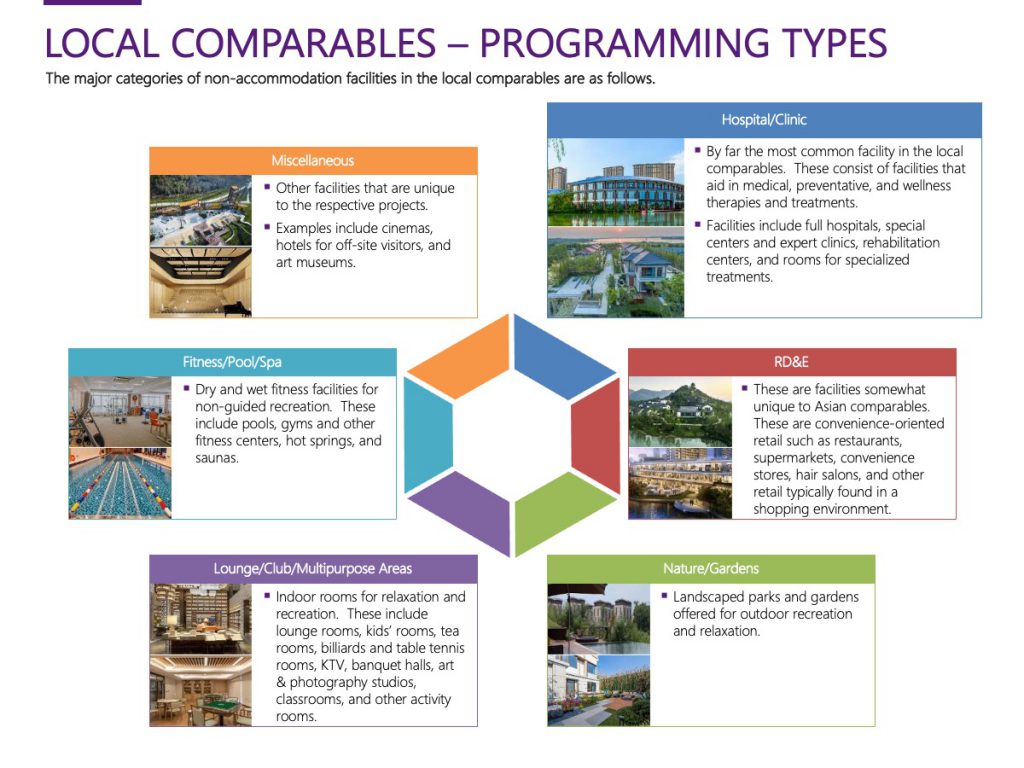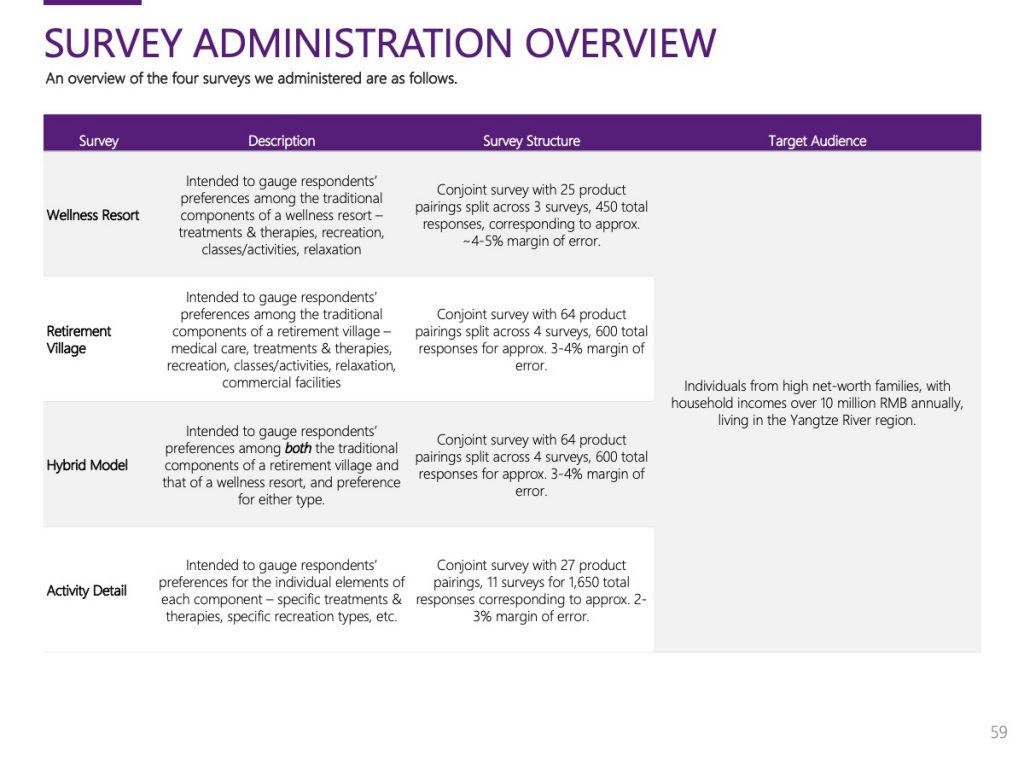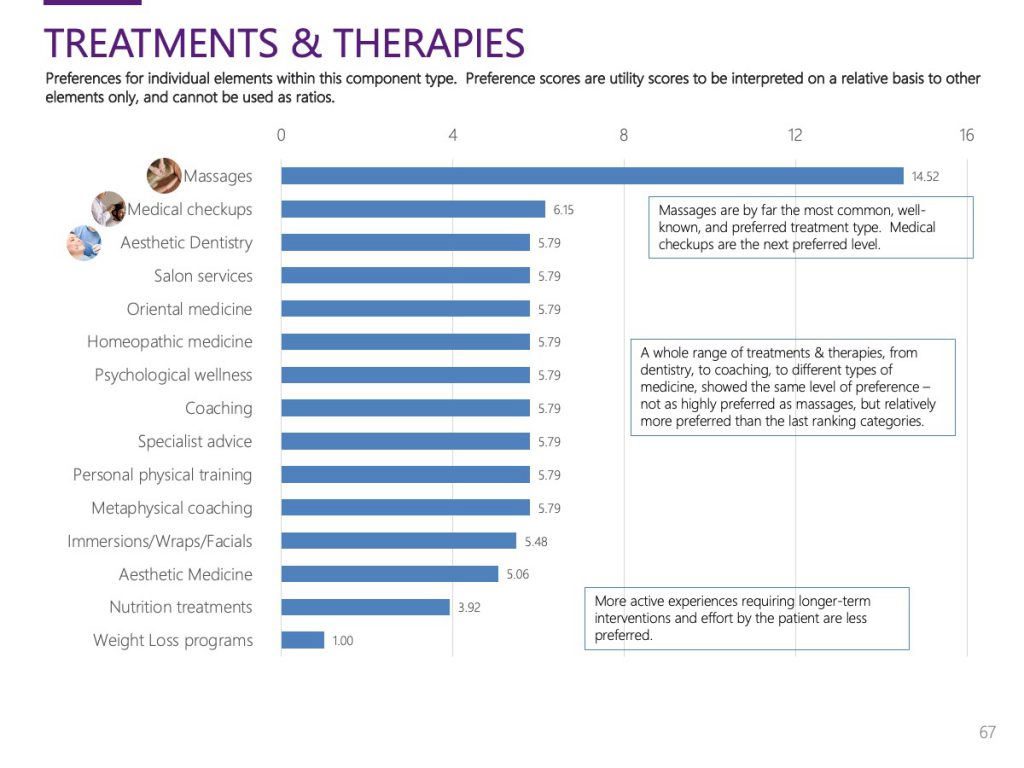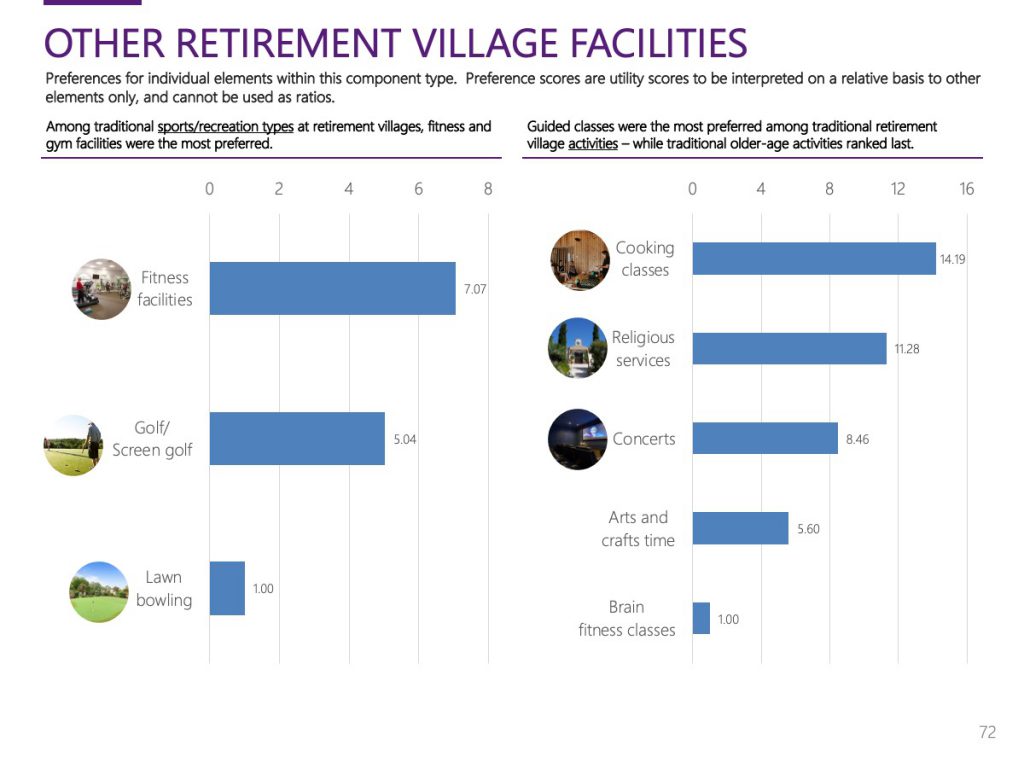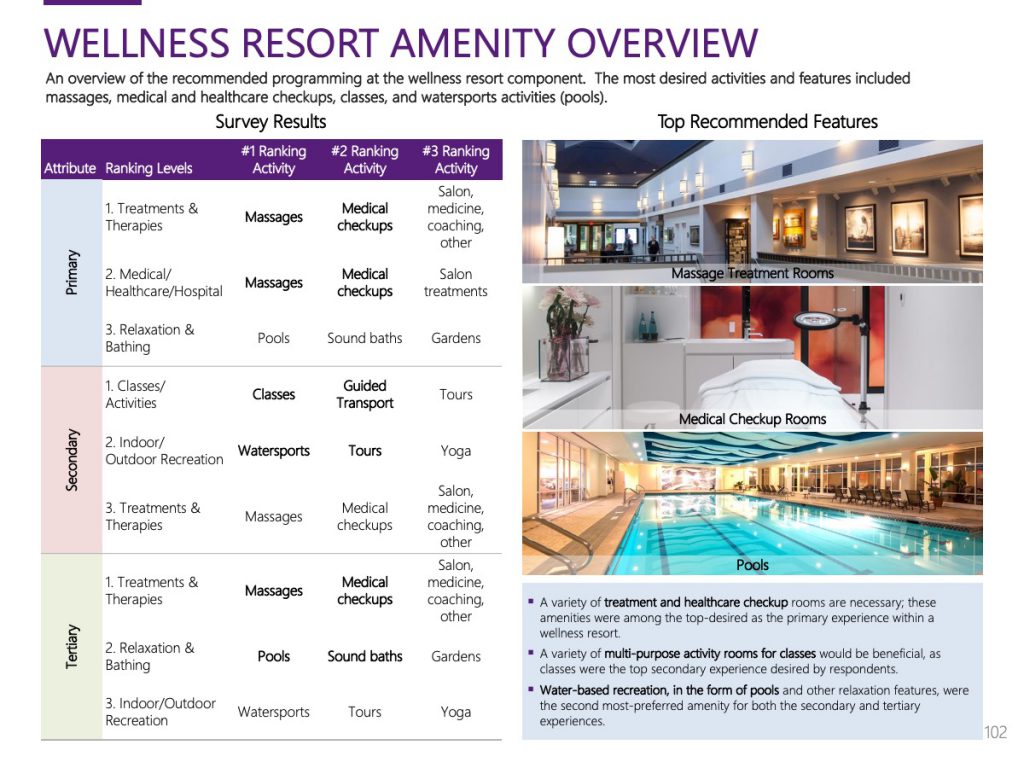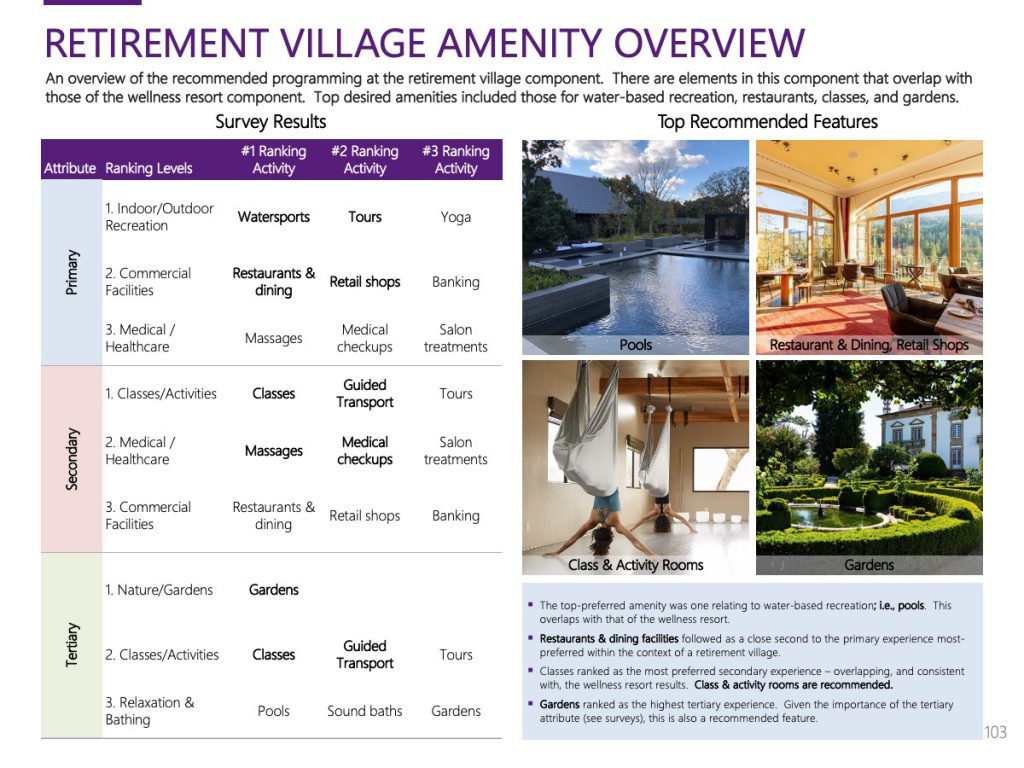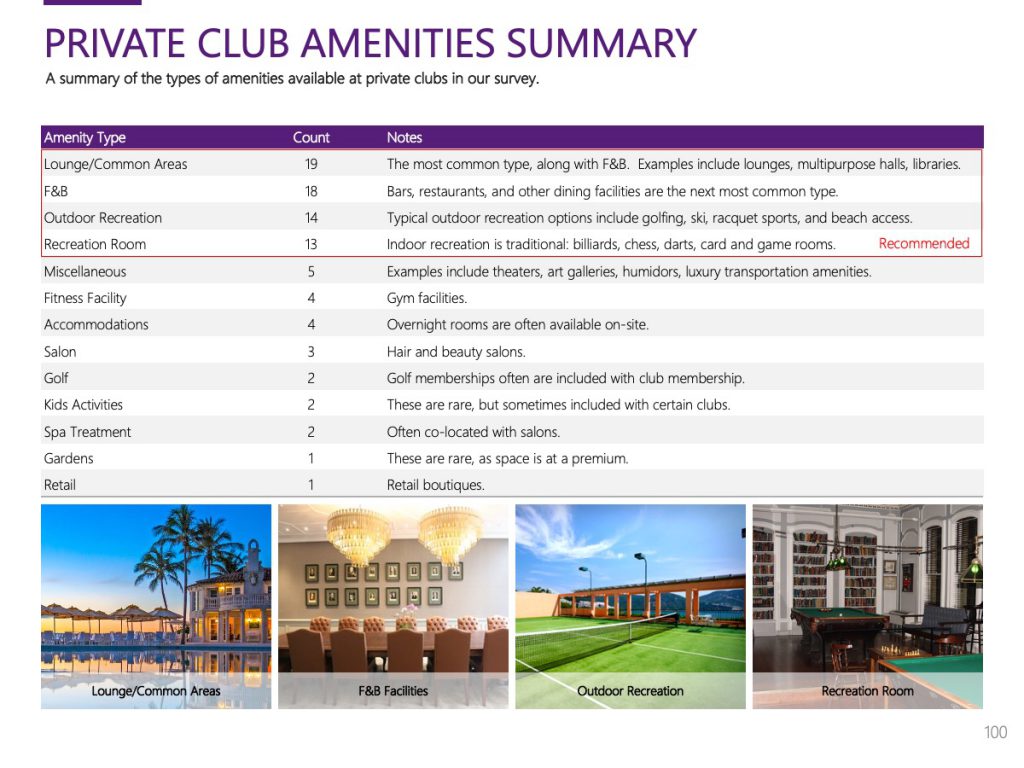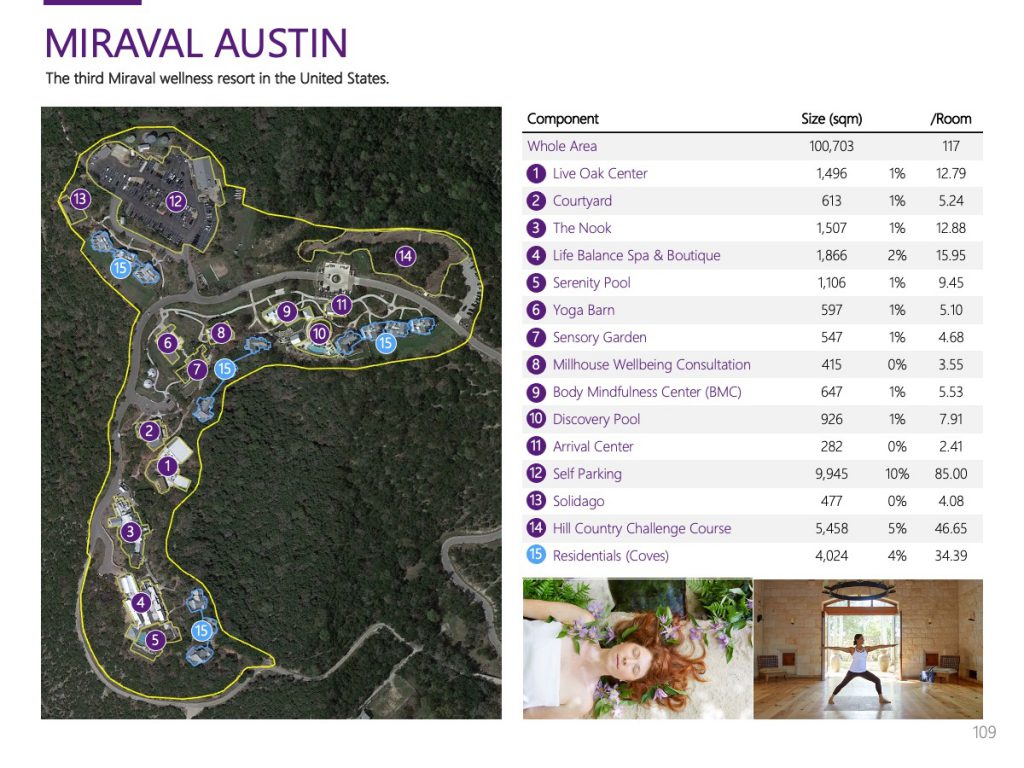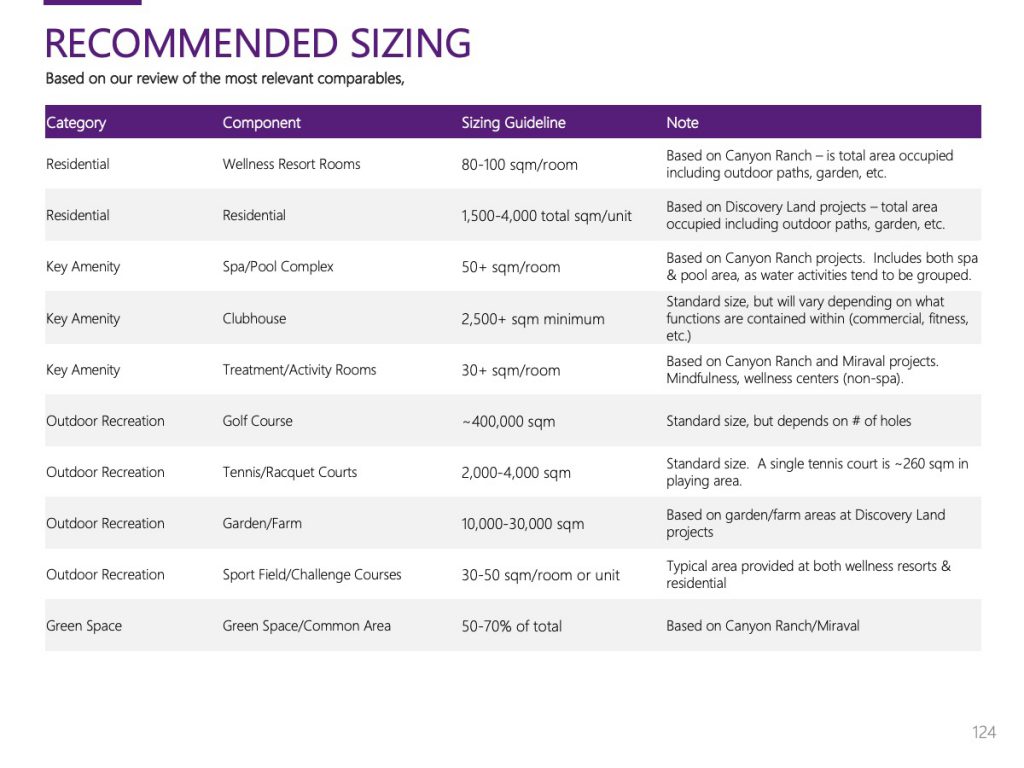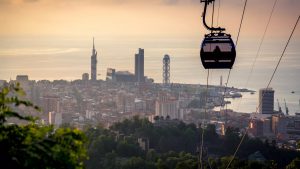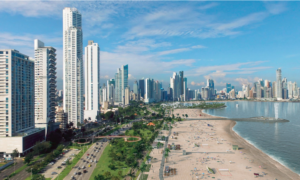Table of Contents
Toggle
Table of Contents
ToggleMandate:
Conceptualize the program and components, recommend sizing, and develop an illustrative financial model for a new type of retirement village that combines elements of world-class wellness resorts.
For this project, we had the opportunity to work with a former coal-mining conglomerate in Yixing County of Jiangsu Province, China.
Introduction
Retirement villages are becoming increasingly important in China due to the country’s rapidly aging population. With over 18% of China’s population now aged 60 and above, a figure expected to reach nearly 30% by 2050 – there is a pressing need for solutions to accommodate and care for the elderly. The shift towards retirement villages is also driven by cultural changes in China. While traditionally, elderly parents lived with their children, changing cultural and economic dynamics have weakened this support system. Retirement villages offering a mix of independent living with access to medical care and community services, are emerging as a popular and practical option.
Since ancient civilizations, people traveled to mineral springs and thermal baths believed to have healing properties. The tradition continued into the 19th centuries in Europe and the United States, with the establishment of sanatoriums and health retreats focused on rest, diet, and natural therapies. These early resorts were often located in areas known for their natural beauty and clean air, such as the Alps in Switzerland or the mountains in upstate New York, offering a refuge from the stresses of urban life. Wellness resorts have become a major trend in the global hospitality industry, catering to a growing demand for physical, mental, and spiritual well-being. These offer a comprehensive approach to health and relaxation, providing guests with services incorporating diverse practices from around the world, including traditional Chinese medicine, Ayurvedic treatments from India, and modern fitness and spa services.
Benchmarking
As the first step, we undertook a comprehensive benchmarking of the top wellness resorts and retirement villages in the world. Wellness resorts reviewed include those from around the region in Japan and Korea, as well as Southeast Asia, Europe, and North America. Not surprisingly, the defining characteristic of wellness resorts is their wellness and spa treatments and programs, often oriented around hot springs or bathing pools. The main components we discovered were:
- Treatments & therapies – wellness treatments such as massages, spa wraps, facials, salon programs, medical & health checkups, body training, spiritual wellness, meditation, coaching, aesthetic medicine, etc.
- Classes & activities – Participatory activities guided by experts, including cooking classes, guided tours, expert consultations, childcare, local cultural experiences, concerts.
- Indoor/outdoor recreation – other physical activities such as biking, hiking, watersports, racquet sports, and other active experiences.
- Relaxation & bathing – category included bathing pools, saunas, hot springs, gardens, lounges, hammams, etc.
Retirement villages from Europe, Japan, Korea, and Thailand were benchmarked in a similar fashion. The main components were:
- Medical/healthcare – facilities built for medical treatments and wellness, such as checkups, exams, therapy. These amenities were present in some, but not all benchmarks.
- Sports/recreation – active recreation facilities, including golf/screen golf, lawn bowling and games, racquet sports, swimming pool, etc.
- Activities – activities including cooking and other enrichment classes, fitness programs, concerts, and more.
- Relaxation/lounge – relaxation facilities, such as saunas and spas, salons, kids rooms, libraries and lounges, game rooms, gardens, theaters.
- Commercial – miscellaneous facilities for supporting retail, banks, dining, and other conveniences.
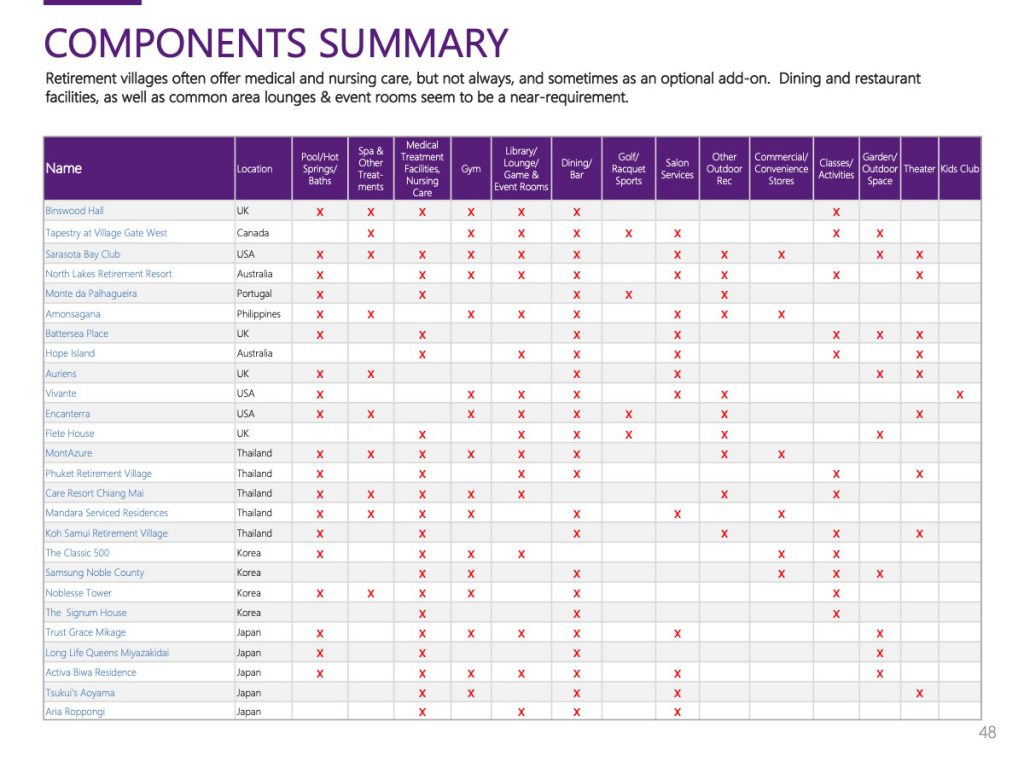
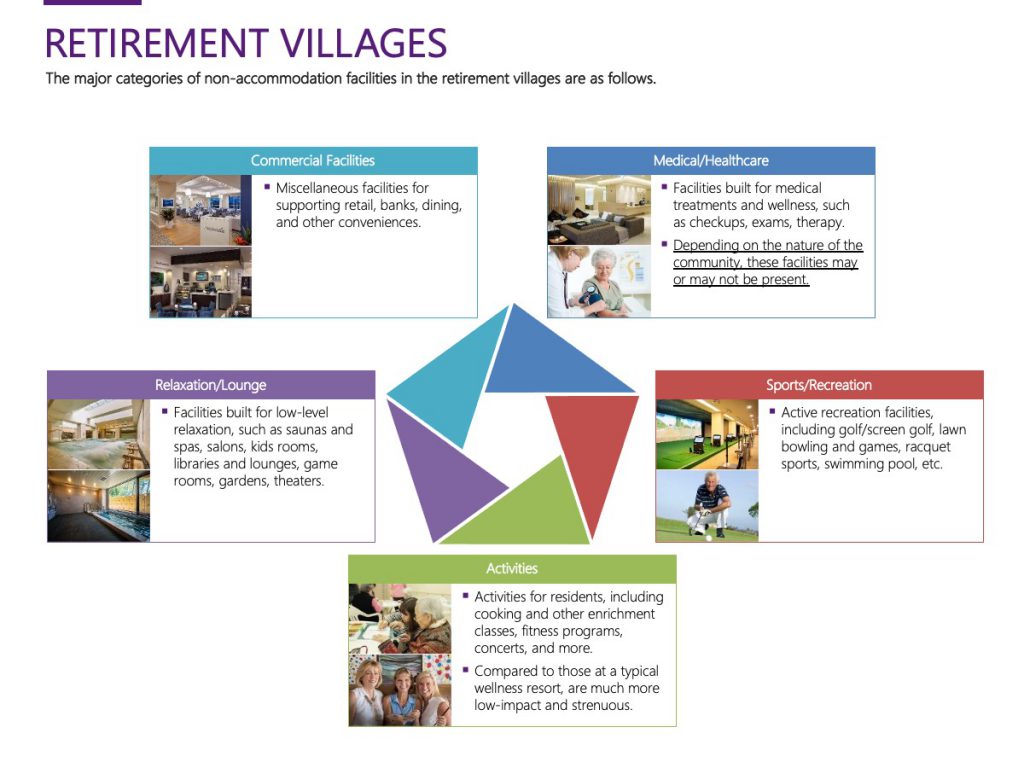 The client intended to use retirement villages as the core real estate type around which the wellness resort could be built, so local retirement villages (Chinese) were reviewed for potential cultural differences. In contrast to international comparables, local benchmarks had a different set of main components:
The client intended to use retirement villages as the core real estate type around which the wellness resort could be built, so local retirement villages (Chinese) were reviewed for potential cultural differences. In contrast to international comparables, local benchmarks had a different set of main components:
- Hospital/clinic – in Chinese retirement villages, these were the most common facility. These consisted of facilities that aid in medical, preventative, and wellness therapies and treatments, including full hospitals, special centers and expert clinics, rehabilitation centers, and rooms for specialized treatments.
- Retail & dining – These were facilities somewhat unique to Asian comparables. These are convenience-oriented retail such as restaurants, supermarkets, convenience stores, hair salons, and other retail typically found in a shopping environment.
- Multipurpose indoor areas – Indoor rooms for relaxation and recreation. These included lounge rooms, kids’ rooms, tea rooms, billiards and table tennis rooms, KTV, banquet halls, art & photography studios, classrooms, and other activity rooms.
- Fitness facilities – Dry and wet fitness facilities for non-guided recreation. These included pools, gyms and other fitness centers, hot springs, and saunas.
- Nature/gardens – landscaped parks and gardens offered for outdoor recreation and relaxation.
- Miscellaneous – other unique components included cinemas, hotels for visitors, and art museums.
Survey Results
As the next step, we administered four surveys to individuals from high net-worth families living in the Yangtze River region, with household incomes of at least 10 million RMB (~$1.4m) annually, for a combined total of ~3,200 responses. These surveys consisted of the following:
- A wellness resort survey: gauging respondents’ preferences among the traditional components of a wellness resort – treatments & therapies, recreation, classes/activities, relaxation
- A retirement village survey: gauging respondents’ preferences among the traditional components of a retirement village – medical care, treatments & therapies, recreation, classes/activities, relaxation, commercial facilities
- Hybrid model survey: measuring respondents’ preferences among both the traditional components of a retirement village and that of a wellness resort, and preference for either type.
- Activity detail: a survey gauging respondents’ preferences for the individual elements of each component – specific treatments & therapies, specific recreation types, etc.
Programming & Component Recommendations
Of the wellness resort amenities, treatment and medical checkup facilities, classes and activities, and water-based recreation (e.g. pools) were the top indicated programs.
Of the retirement village amenities, water-based recreation was similarly the top preferred amenity. Restaurants and dining, retail, and classes/activities followed in terms of preferences.
Based on these results, we engaged in a round of discussions with the client about the intended target and development aims of the project. The client’s vision had evolved. The retirement village was now seen as a hybrid residential development – with large villas for sale, rather than units leased on an annual or monthly basis. As part of this change, the components of the development took on more residential characteristics.
In addition to the various components revealed in the survey, we also recommended a large private clubhouse acting as a focal space for the community, taking on the character of luxury private clubs. Benchmarking well-known US-based wellness resorts such as Canyon Ranch and Miraval, as well as luxury residential communities developed by Discovery Land, the final program consisted of the following:
- Wellness resort accommodations
- Residential villas
- Spa/pool complex
- Clubhouse
- Treatment and activity rooms
- Golf course
- Tennis/racquet-sports courts
- Garden and/or working farm
- Sport field and challenge courses
- Green space/common areas
Sizing & Financials
For more details on sizing recommendations, illustrative financials, and full benchmark details, purchase the case study here.


